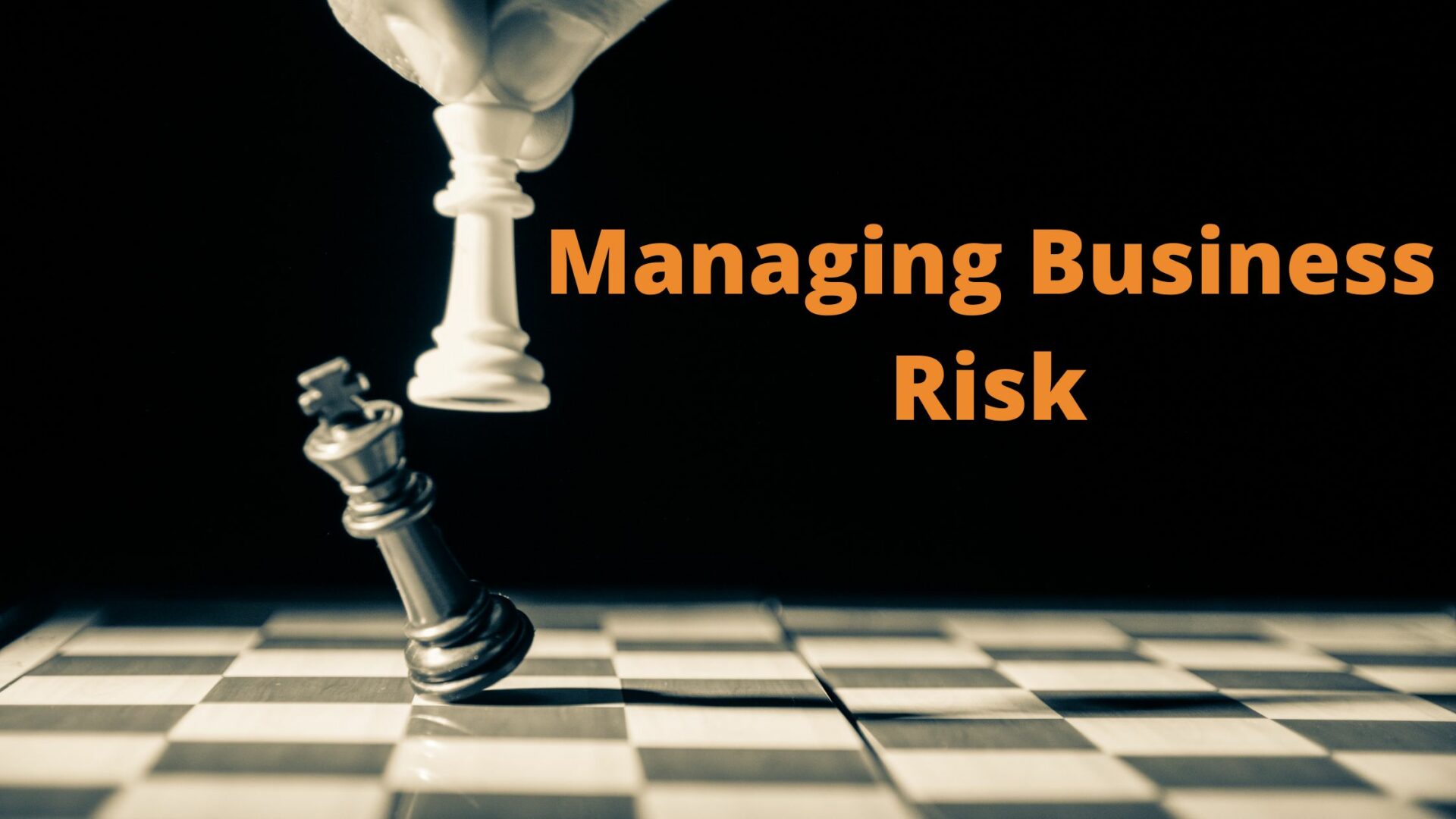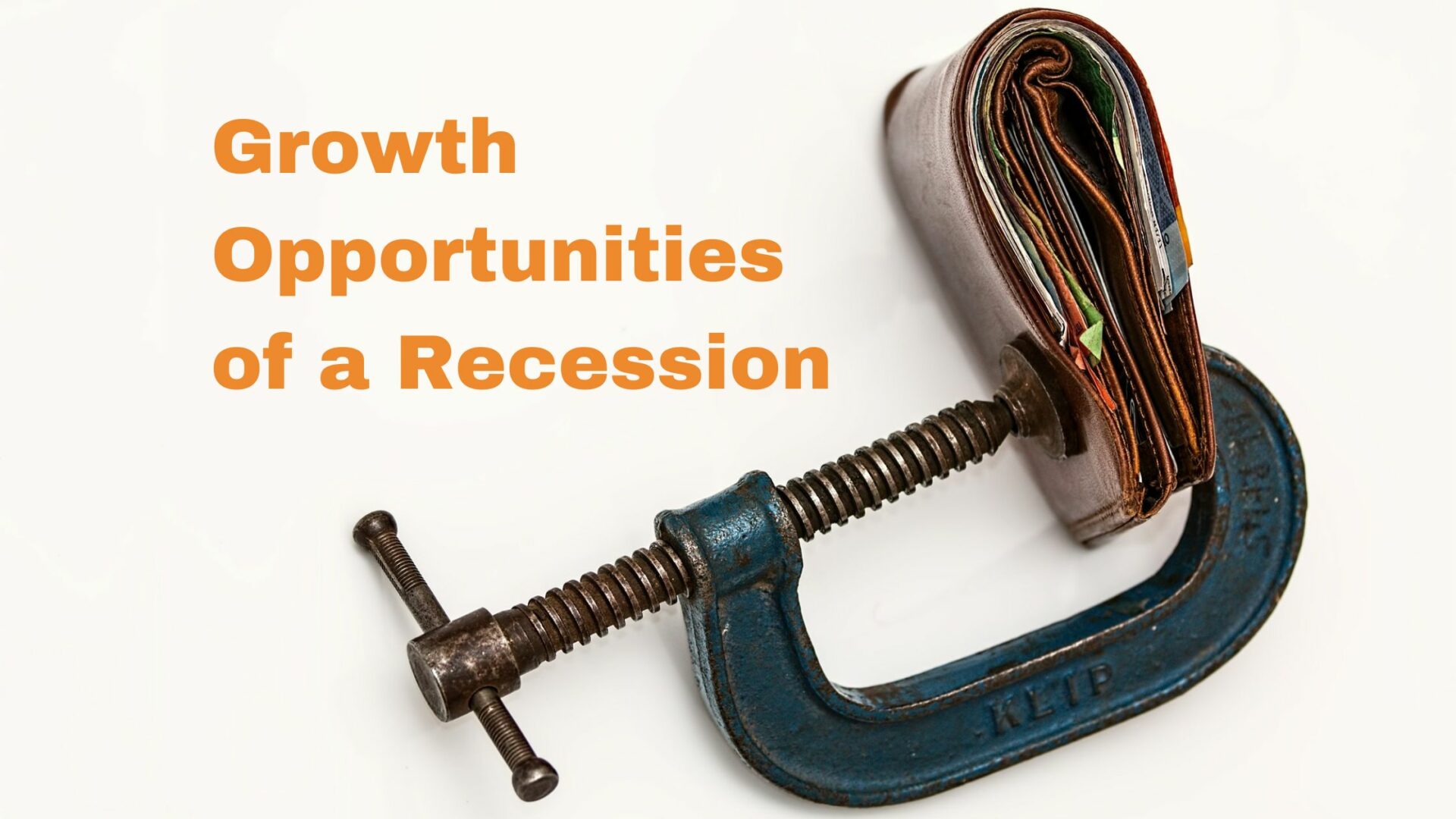When you live life, taking risks is inevitable. Just by stepping outside of your house, you’re opening yourself up to a whole host of perils! It’s an unavoidable part of being alive. So how can you deal with managing risk in your business?
But, there’s a difference between taking a risk by crossing the road and jumping from a moving car. One is essential, and the other is best left on the silver screen to the likes of 007.
Life is all about managing risks and understanding what’s worth it and what might be too far. This is the risk/return concept, and we use it every day to stay alive and enrich our lives.
But it’s also a common idea in investment circles, and it’s used to separate good investments from bad ones. In the same way that we use it every day to keep us safe from danger, investors use it to keep their money safe whilst taking managed risks that appear to be worth it.
What is the Risk/Return Concept Used by Investors and Businesses?
In investing, higher-risk options have two outcomes; they can have huge returns or, more importantly, huge losses. For CEO’s, the risk in a business decision is often the hidden variable that underlies a lot of conclusions. It affects every single aspect of the company and determines a lot of the processes they rely upon.
Yet, “cost versus return” is often considered in board meetings, whilst “managing risk” is usually not discussed. As something integral to a company’s success, this seems to be an error.
The phrase “risk profile” is more heavily us in investment circles rather than in businesses. The financial adviser will always make sure to measure the risk profile of a client before they invest their funds. Usually, the risk profile is made up of a score between 0 and 10, with zero indicating that they’re very conservative and ten showing that they’re willing to take any bet.
Executive teams can also use business risk profiles. These can be used as strategic and contextual metrics that help them to manage any risk-based decisions they have to make.
Why is a Business Risk Profile Vital?
Managing risk and making business decisions are often difficult to make, but a risk profile can make it a lot easier. If there are any divisions on the board, for example, it can create a contextual understanding to support or reject ideas. If circumstances change, they have a consistent benchmark to keep them on the right path.
For example, in times of economic downturn, it’s not uncommon for businesses to start floundering. But this is when they need to be the most proactive and decisive, making intelligent decisions to quickly push their business forward. A risk profile will help keep the wheels moving and prevent the board from becoming panicked.
But, How Does a Risk Profile Help?
Let’s take a look at the first scenario, in which senior board members – for example, a CEO and CFO – are stuck because of differing opinions. The CEO can commonly have a risk profile of a 7 or 8, meaning that they’re more likely to take the bet regardless of the risk. The CFO and other members will be closer to a 4 or 5, giving them a more cautionary personality.
But this information isn’t written on a handy label stuck to their suits for everyone to see. It’s hidden and forgotten, without a metric to measure it. All that happens is that the board thinks the CEO is impulsive and the CEO feels held back by the board.
Managing risk happens throughout the business at every level, including between the supplier and customer.
Now imagine how transformative it would be if you could actually measure the risk profiles of everyone?
If you’re still not sure, let’s look at a different example. Let’s say you could measure the risk profiles of you and your bank manager. If you’re a 4 and your bank manager is an 8, you’re going to be able to have much more understanding of each personality, with your manager being better able to cater to your needs.
How Does it Help in Changes of Circumstances?
It’s incredibly common for a CEO to reduce their business risk profile during a downturn, sometimes even without realising! When the market starts to grow again, the CEO needs to start reinvesting quickly in the business to reach the uplift they need to move to the next phase of the market.
But, many don’t do that. Instead, they hold off until the market has already moved and they’re left behind.
The fear that they might start investing too soon makes them hold off and miss out on revenue uplifts. They’ll say things like, “we’ll wait until the market improves and then I’ll…”.
It’s these sorts of fears that grow from recessions and eventually hold businesses back or even cause them to fail. But how can you fix that?
You need a metric to measure the risk profiles of your key team first of all. This will help you to find alignment in your decisions and create understanding, leading to quicker business decisions. You also need to raise awareness of the business risk profile and use that as a benchmark when making those vital decisions.
What Can You Do About Managing Risk in Your Company?
If you want to start turning the ideas here into company policy, you need to be aware of the risk and your attitudes towards it – at every level of your business. Measure how it changes over time, too, especially as the economy around you changes.
If you want to measure business risk profiles, we recommend doing a risk profile analysis.
You then need to agree on a business risk profile amongst your board members. This will be used from now on to benchmark all significant decisions you need to make. Discuss where any conflicts are likely to happen in decision making so that you can manage and monitor them. With any luck, it’ll help you skip a lot of future misunderstandings and anger!
If you’re looking to grow your business using concepts like these, get in touch with our expert growth consultants. We can help you drive your company forward the right way, creating lasting growth that’s easy to manage.





